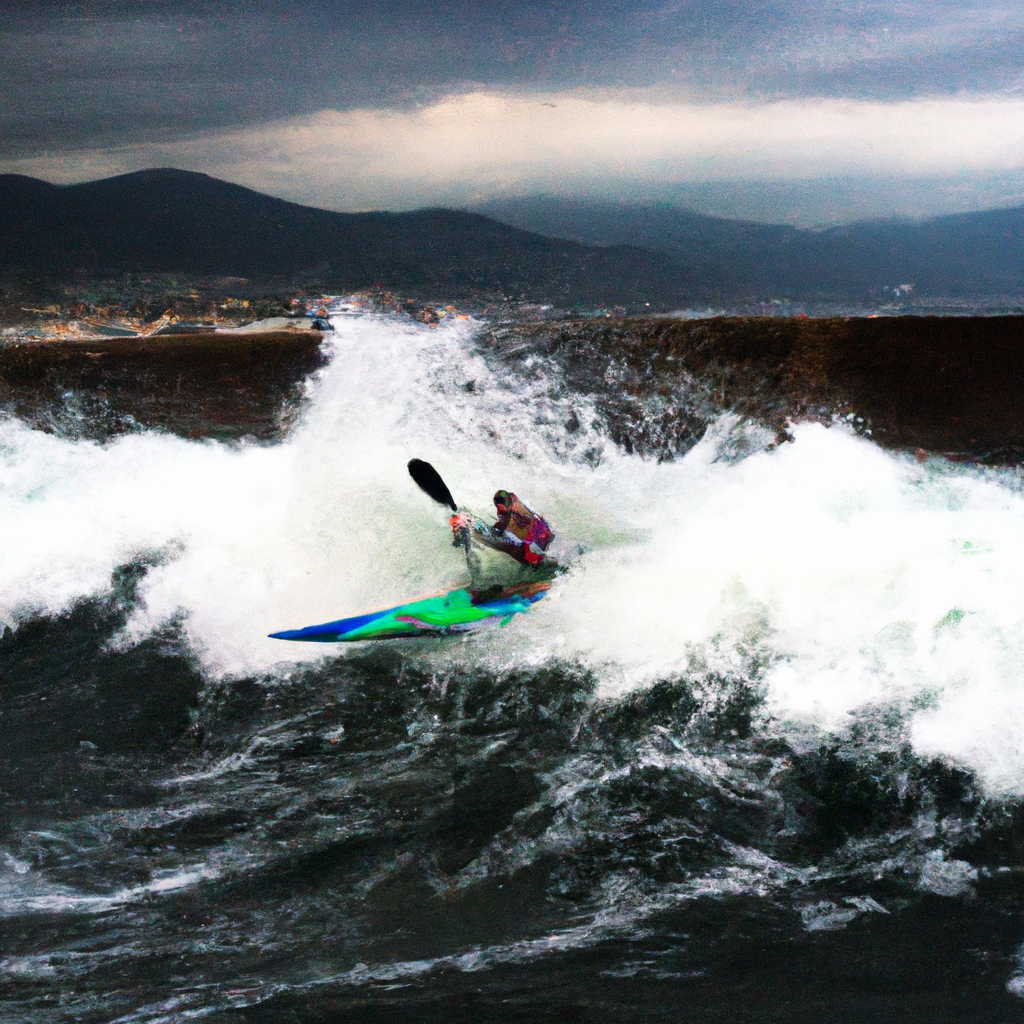Sailing in Changing Waters: The Effect of Climate Change on Water Sports

Climate change is a global concern that is affecting all strata of society and all sectors of the economy, including those that we could consider unrelated or immune to its impact. One such sector is water sports, where the effects of climate change are beginning to be felt in unexpected and significant ways. This article aims to discover and explore the various ways in which climate change is affecting water sports, from the alteration of maritime conditions to the impact on sports infrastructure and the performance of athletes. Possible industry responses and adaptation strategies to these emerging challenges will also be examined.
- 1. "Impact of climate change on maritime conditions for nautical sports"
- 2. "Consequences of sea level rise on nautical sports infrastructure"
- 3. "Influence of climate change on the safety and performance of nautical athletes"
- 4. "Adaptation and mitigation: Responses of the water sports industry to climate change"
1. "Impact of climate change on maritime conditions for nautical sports"
Climate change is having a significant impact on maritime conditions, which in turn affects water sports in several ways. One of the most notable is the rise in sea level, which can alter currents and tides, making safe navigation and water activities difficult. Furthermore, increasing temperatures can cause changes in marine ecosystems, affecting the biodiversity and health of the oceans, which will undoubtedly influence the conditions for practicing water sports. Likewise, global warming is causing more extreme and less predictable weather events, which can mean riskier and more unpredictable conditions for athletes.
2. "Consequences of sea level rise on nautical sports infrastructure"
Sea level rise, driven by climate change, has a significant impact on nautical sports infrastructure. Coastal facilities, such as yacht clubs, marinas and sailing schools, are at risk of permanent or intermittent flooding. Not only can this cause structural damage to buildings and docks, but it can also lead to the loss of equipment, vessels, and other valuable assets. Additionally, accelerated coastal erosion can destroy beaches and other natural areas used for sports such as surfing, windsurfing and kitesurfing. Ultimately, sea level rise may render some water sports facilities unusable, which could limit opportunities for water sports participation and have an economic impact on communities that rely on these sports for tourism and recreation. employment.
3. "Influence of climate change on the safety and performance of nautical athletes"
Climate change has a direct and significant impact on the safety and performance of nautical athletes. On the one hand, increasing water temperatures can lead to more extreme and dangerous conditions, such as more severe storms and unpredictable ocean currents, putting the safety of athletes at risk. On the other hand, the increase in temperature can cause a decrease in the physical performance of athletes, since the human body is sensitive to changes in temperature. Additionally, ocean acidification and rising sea levels can alter marine ecosystems, which could have a direct impact on sports such as sport fishing or diving. Therefore, the fight against climate change is not only crucial to preserve our environment, but also to ensure the safety and performance of nautical athletes.
4. "Adaptation and mitigation: Responses of the water sports industry to climate change"
The water sports industry has begun to take measures to adapt and mitigate the effects of climate change. Sports organizations are implementing sustainability strategies, such as using renewable energy in their facilities and promoting sustainable practices among their athletes and spectators. More energy-efficient equipment and vessels are being developed, and alternatives to petroleum-derived materials are being sought. Additionally, in locations where weather conditions have changed significantly, competitions are being rescheduled or moved to more suitable locations. At the policy level, regulations are being promoted to reduce carbon emissions and protect marine ecosystems. Although these measures are a step in the right direction, much remains to be done to ensure a sustainable future for water sports.
